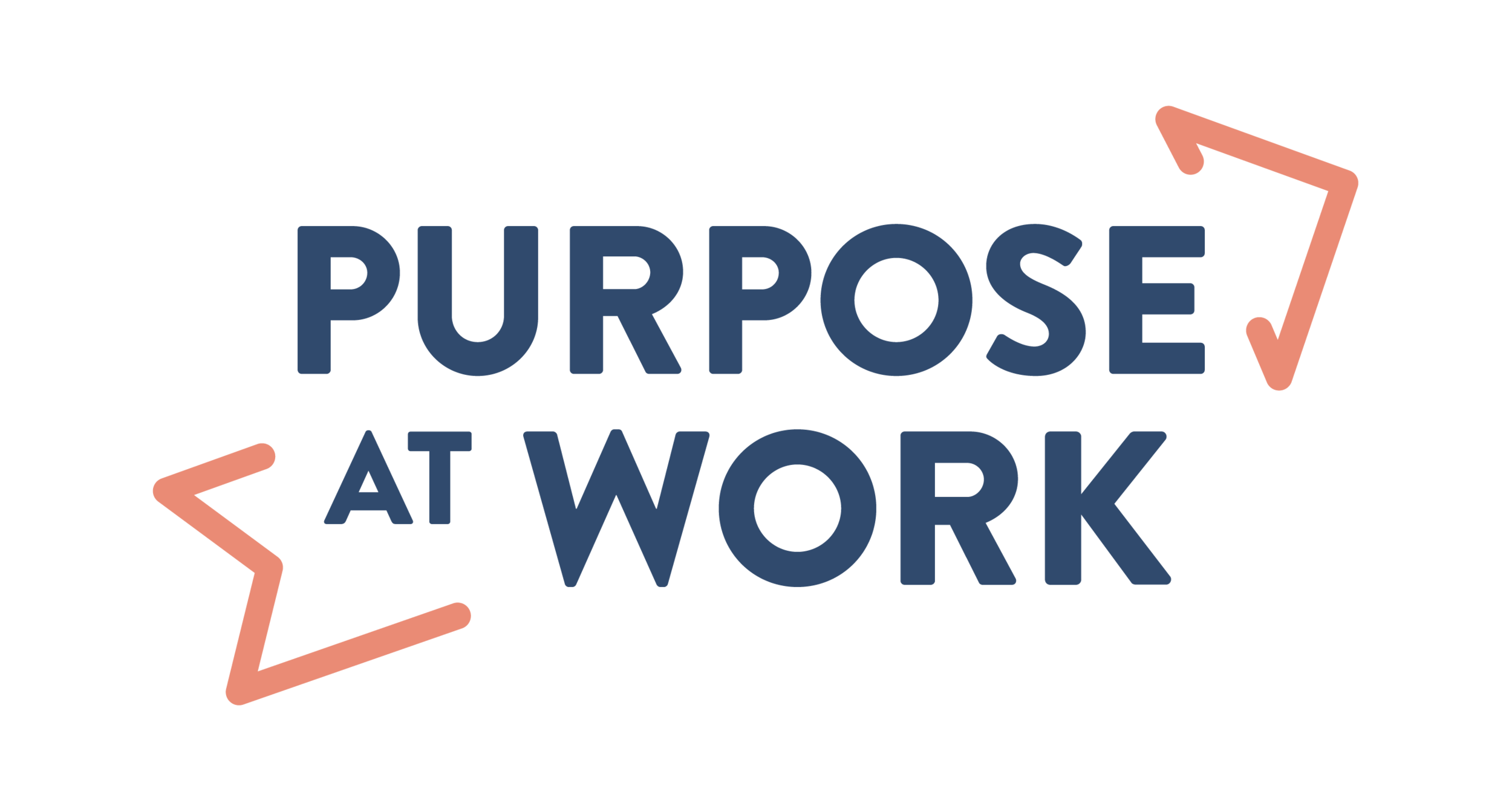Stuck in procedure with illusion of control
Ever felt that how we work could be so much better? Wondered why we do staff engagement the way we do? Or felt that processes and procedures at work are inefficient and not fit for purpose? You are probably right!
Why? Because we are stuck in procedure with an illusion of control. Let me explain.
The hierarchical structures we see in most organisations mean that the overall responsibility, accountability and decision-making lies with a small group of people. This group is often under tremendous pressure and scrutiny. In our increasingly complex world, many executives therefore look for certainty and guarantees and turn to rigid policies, procedures and rules to control their organisations.
But this only gives them the illusion of control. A control-based approach grounded in rules, standardisation and generalised procedures makes an organisation less able to deal with today’s complex work environments. Inevitably, things go wrong such as mistakes, mismatches, lost opportunities. The leadership reaction is often to put even more procedures, policies and rules in place to control any future reoccurrences. But the world moves on and a completely new situation is bound to emerge. You guessed it, that even more-tightly controlled standard approach they insisted on? It’s outdated and useless once more.
Source: LimeBridge.com
Source: LimeBridge.com
A control-based approach creates an environment where creativity, innovation and responsiveness to a customer’s circumstances are lost. And it’s not beneficial to employee engagement and performance either. Staff waste time on procedures that prevent them from using all their skills, knowledge and judgement to address their clients’ individual situations. The meaning and purpose of jobs is reduced.
Even the procedures used to engage staff and manage performance suffer from this ‘proceduritis’ malady. Take performance reviews. The traditional procedures have made them unpopular both with staff and managers. The desire for a standardised process resulted in criteria often completely unrelated to the actual core of a job that are incapable of measuring the value added by each employee. No wonder many of us question the effectiveness and purpose of performance reviews.
Another fairly regular process which can easily feel like a waste of time without much meaning and purpose are team meetings . People like to spend time together, interact and discuss work issues, but meetings often fail to engage staff and generate useful outcomes.
Fortunately, there are organisations that recognise that todays’ workplaces need new practices. We call those that create processes better suited to their purpose ‘purpose-driven organisations’. Frederick Laloux describes some of these in his groundbreaking book Reinventing Organizations. He highlights how they use their purpose to create workplaces where people are actively invited to bring their whole self to work. Staff are more able to use their knowledge, skills and experience in teams unburdened by policies and procedures. These teams have a clear purpose and strong frameworks that give them the freedom to act and use their collective judgement to find the best way to serve customers.
These and other examples like Wellbeing Teams are inspiring a growing number of executives in traditional organisations to let go of the illusion of control and embrace the complexity of the communities they serve. One of the key challenges they face in this transformation is rethinking and simplifying their policies and procedures. This often feels like stripping away layer upon layer of old paint before hitting the golden core of what they actually wanted to achieve. Learning from purpose-driven organisations and their procedures and practices can accelerate this process. Seeing how others have changed their practices e.g. for performance reviews and team meetings in practice makes all the difference.
Wellbeing Teams is a UK-based social care provider that has whole-heartedly adopted the principles described by Laloux. Its founder Helen Sanderson has actively shared their journey of finding the best way to put these principles in practice on LinkedIn and Twitter. She clearly shows what alternatives to traditional ineffective processes can look like. Other places where innovative purpose-driven practices are showcased are e.g. the Corporate Rebels blog and The Ready. Here you can find examples from across the globe and many different industries.
How about Australia? Aren’t there any examples of these organisations this side of the world? Yes, there are some, but they are few and far between. Most we know have either started out as purpose-driven organisations in the last few years or are traditional organisations that are transitioning to becoming purpose-driven. We intend to share their stories on our blog and on social media as they unfold.
Interested to learn about purpose-driven alternatives to ineffective workplace practices? Contact us or join us on Monday 9 September in Melbourne when Helen Sanderson and Emily McArdle present on some of the purpose-driven practices they use in Wellbeing Teams. More information on the event here.


